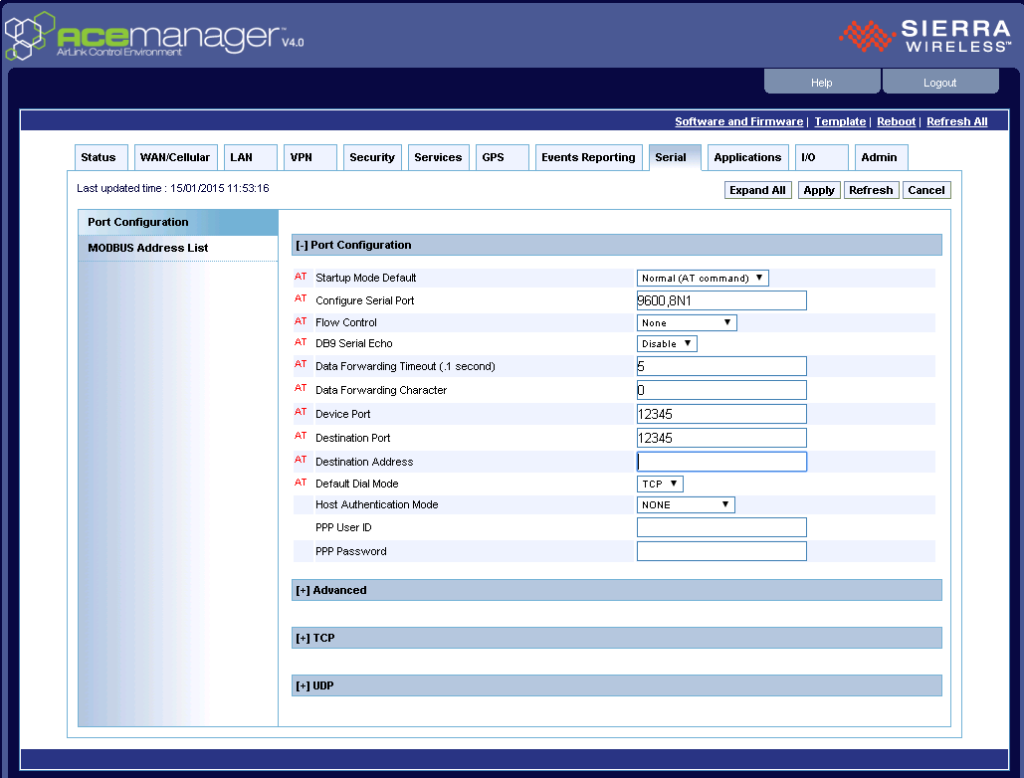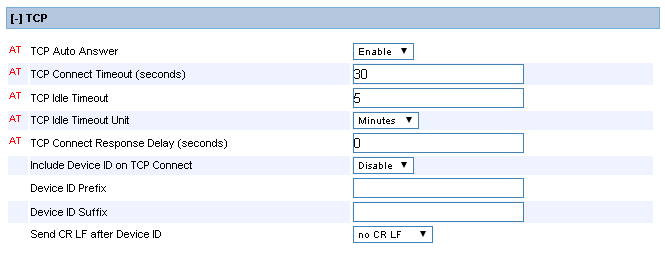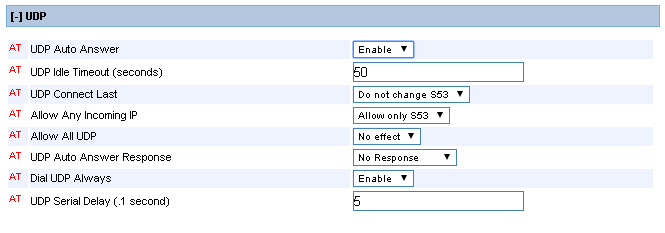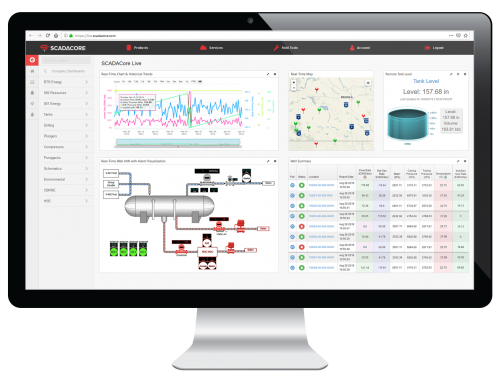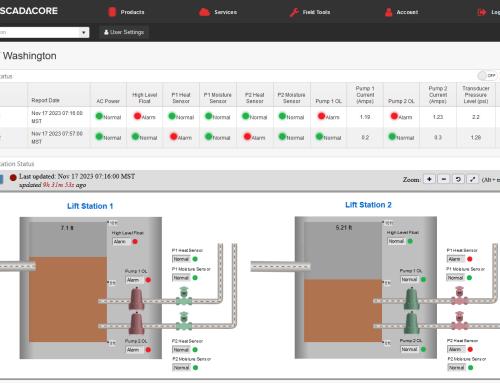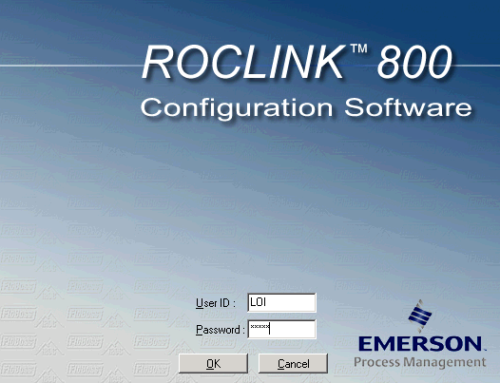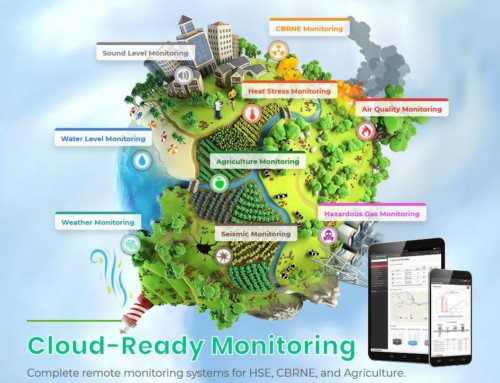When interfacing with remote devices via cellular modems the cell modem essentially acts as a serial bridge. From your computer over the internet to the Internet to the remote device.
Sierra Wireless modems (http://www.sierrawireless.com/productsandservices/AirLink_Gateways_Modems/Intelligent_gateways.aspx) are some of the best in the industry but can be a little complex if you are unfamiliar with the settings.
This quick tutorial will focus on setting up serial passthrough for the: GX Series – GX400, GX440, EX440, and LS300
SCADA Slave
The SCADA Slave has to communicate via serial. The serial settings (baud rate) on the modem must be the same as the serial settings on the device for it to communicate correctly. The modem simply bridges the serial communications.
Serial Settings
The standard setting for a SCADA device is usually:
Baud Rate (speed): 9600 (however 19200 is also common)
Data Bits: 8
Parity: None
Stop Bits: 1
Flow Control None:
It is also important to note the communication type (UDP vs TCP). Generally communication between two remote devices is done through TCP as it has some intrinsyc error checking built into the standard.
Acemanager
You can access acemanager by connecting directly to the modem with the IP address:
http://192.168.13.31:9191
login:user
password: 12345
Serial Tab
Startup Mode Default Needs to be set to AT Command (this will tell the modem that it is not initiating Serial traffic)
Configure Serial Port is a combination of BaudRate, DataBits, Parity, and Stop Bits.
Data Forwarding Timeout is used to trigger the send over the cell communications to your server when an elapsed time as been completed. This is very important for SCADA as most of the time you do not know what the “Data Forwarding Character” will be and instead rely heavily on timeouts to trigger the send. 5 = .5 seconds or 500ms, this should be more than enough for most SCADA peripherials. If there are problems with data integrity this setting can be reduced or increased.
Data Forwarding Character is not needed in most SCADA applications it is an ascii character that triggers the modem to send a packet back to the destination.
Device Port is the port that opens to allow users to connect directly to the serial interface. It is essentially a tunnel from the ip address directly to the serial port. when polling the remote peripherial you would connect to http://xxx.xxx.xxx.xxx:12345.
Destination Port is not used, this is only used when the modem initiates the communication asynchronously for scada slave devices this will never happen
Default Dial Mode tells the modem whether to listen for a TCP or UDP packet. most of the time a TCP setting will be used.
TCP Settings
When using TCP settings choose:
TCP Auto Answer to Enable, this will tell the modem that it is waiting for TCP packets.
TCP Idle Timeout
UDP Settings
When using UDP settings choose:
UDP Auto Answer to Enable, this will tell the modem that it is waiting for UDP packets.
UDP Idle Timeout is the setting that will close the connection after a given time if the connection has been lost.


